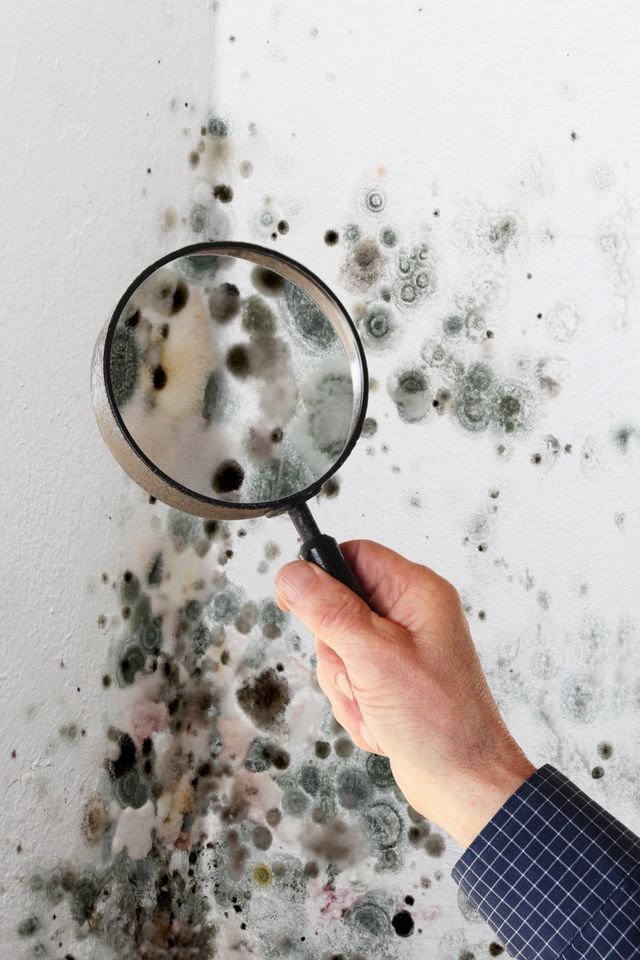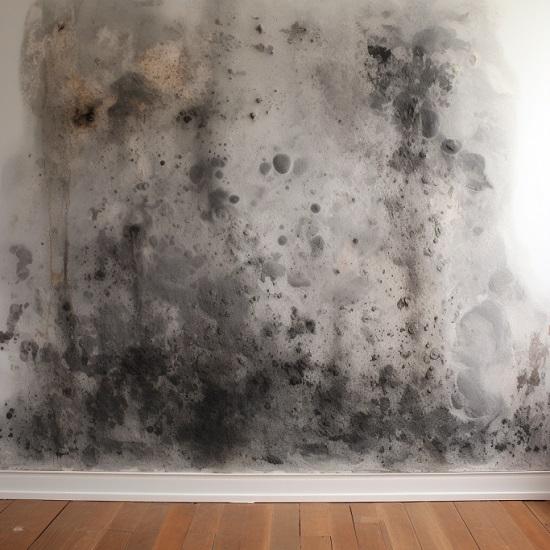Crafting a Thorough Post Mold Remediation Report
Wiki Article
Secret Steps for Successful Article Mold And Mildew Removal
Resolving mold problems in a timely and efficient fashion is crucial for keeping a healthy and balanced indoor setting. Successfully completing mold and mildew removal is a complex procedure that needs attention to information and adherence to specific protocols. From examining treated locations to carrying out moisture control measures, each step plays a critical duty in making sure the efficacy of the remediation procedure. Nonetheless, there are crucial post-remediation steps that are equally vital yet typically forgotten. These actions not only validate the success of the removal efforts but likewise add to preventing future mold and mildew growth.Evaluation of Treated Areas
Upon conclusion of the mold and mildew removal process, a thorough inspection of the dealt with areas is critical to make certain the performance of the remediation initiatives. This examination works as an essential action in the post-remediation stage to verify that the mold removal and cleaning treatments succeeded in eliminating the mold problem and restoring a safe interior environment. The inspection must be performed by certified specialists who have the experience to analyze the remediated locations carefully.Throughout the evaluation, different factors are assessed to figure out the success of the remediation procedure. These include visual assessments to look for any kind of indications of mold and mildew development or water damages, wetness levels to confirm that the location is totally free and completely dry of excess moisture that could advertise mold re-growth, and air top quality testing to ensure that the interior air is safe to breathe. Furthermore, the assessment may involve making use of specialized tools such as dampness meters and thermal imaging cameras to spot covert mold or dampness pockets that can result in future mold issues if left unchecked. In general, a comprehensive examination of the treated locations is important to confirm the performance of the mold and mildew removal efforts and offer satisfaction to the occupants of the home.

Dampness Control Actions
Reliable wetness control actions are crucial for stopping mold growth and maintaining a healthy indoor atmosphere. Additionally, using dehumidifiers in wet locations can help reduce moisture levels, making it harder for mold to prosper.Routinely evaluating and keeping the building's exterior can likewise prevent wetness invasion. testing air quality after mold remediation. Guaranteeing that seamless gutters are clear, downspouts direct water far from the foundation, and the roofing remains in great problem can aid avoid water from seeping into the structure. Correctly sealing doors and home windows can additionally help keep wetness out
Any kind of spills or leakages must be cleaned and dried out within 24-48 hours to avoid mold growth. By carrying out these dampness control procedures, the risk of mold reoccurring can be substantially decreased, producing a healthier indoor atmosphere.
Correct Ventilation Assessment
An integral element of guaranteeing a healthy indoor atmosphere article mold and mildew remediation is performing a complete assessment of the ventilation system. Post Mold Remediation Report. Correct air flow assessment plays an important duty in preventing future mold growth and maintaining air top quality within the afflicted area. During the analysis, specialists examine the effectiveness of the air flow system, checking for any type of clogs, leaks, or malfunctions that could prevent correct airflow. It is necessary to make certain that the ventilation system is properly sized for the area it offers and that it fulfills market criteria for air exchange prices.Furthermore, assessing the ventilation system consists of analyzing the distribution of air throughout the location to identify any areas of inadequate circulation where moisture and impurities can build up. Proper ventilation not only helps in regulating moisture levels but additionally aids in removing air-borne mold and mildew spores and various other toxins, consequently boosting overall interior air quality. By resolving any type of air flow issues upload mold remediation, homeowner can produce a healthier and a lot more comfortable setting for owners while lowering the danger of mold and mildew re-infestation.
Cleansing and Disinfection Protocols
To make certain extensive mold and mildew remediation, meticulous adherence to details cleaning and disinfection methods is crucial. Cleaning and disinfection procedures play a vital function in the post-mold removal stage to prevent the reoccurrence of mold growth and ensure a risk-free and healthy and balanced atmosphere. The primary step in this procedure is the removal of any type of noticeable mold and mildew growth utilizing proper cleaner and methods. It is necessary to use EPA-approved fungicides and disinfectants to efficiently get rid of mold and mildew spores and prevent their regrowth.After the first cleansing, comprehensive disinfection of the affected areas is required to eliminate any remaining mold and mildew spores and inhibit their spreading. This action is critical in protecting against the spread of mold to other parts of the residential property. In addition, applying safety nets such as using mold inhibitors and preserving proper air flow After mold remediation can help reduce the risk of future mold and mildew problems. By adhering to strict cleaning and sanitation protocols, property owners can guarantee the effective obliteration of mold and mildew and create a healthy interior atmosphere for occupants.
Tracking and Upkeep Strategy
Applying a regular surveillance and upkeep strategy is vital for making sure the lasting efficiency of mold removal efforts. As soon as mold remediation is completed, it is critical to develop a monitoring schedule to evaluate the success of the removal process.Furthermore, establishing an upkeep plan is essential to avoiding future mold problems. This plan might include actions such as fixing plumbing leaks, improving ventilation, and managing indoor moisture levels. Normal maintenance not just assists in preventing mold and mildew but likewise adds to keeping a healthy interior atmosphere. It is suggested to document all surveillance and upkeep tasks to track development and make certain consistency in the maintenance of the remediated locations. By applying a comprehensive surveillance and maintenance strategy, the danger of mold re-emergence can be significantly decreased, advertising a clean and safe living or workplace.
Verdict
To conclude, successful message mold and mildew removal involves thorough assessment of dealt with locations, application of dampness control measures, evaluation of proper ventilation, adherence to cleaning and sanitation methods, and establishment of a tracking and upkeep plan. These essential steps are crucial to guarantee that mold growth is efficiently gotten rid of and stopped from persisting in the future. By complying with these guidelines, homeowner can keep a secure and healthy and balanced atmosphere for owners.Upon completion of the mold and mildew remediation procedure, a comprehensive examination of the dealt with locations is essential to ensure the efficiency of the removal initiatives. These include visual assessments to examine for any kind of signs of mold development or water damage, dampness levels to confirm that the location is free and completely dry of excess humidity that can promote mold re-growth, and air top quality testing to guarantee that the indoor air is secure to take a breath. Additionally, the inspection might involve utilizing specialized tools such as dampness meters and thermal imaging electronic cameras to discover concealed mold and mildew or moisture pockets that could lead to future mold problems if left unattended. By attending to any type of air flow concerns upload mold and mildew removal, residential or commercial property proprietors can develop a much healthier and extra comfortable environment for occupants while reducing the risk of mold and mildew re-infestation.

Report this wiki page